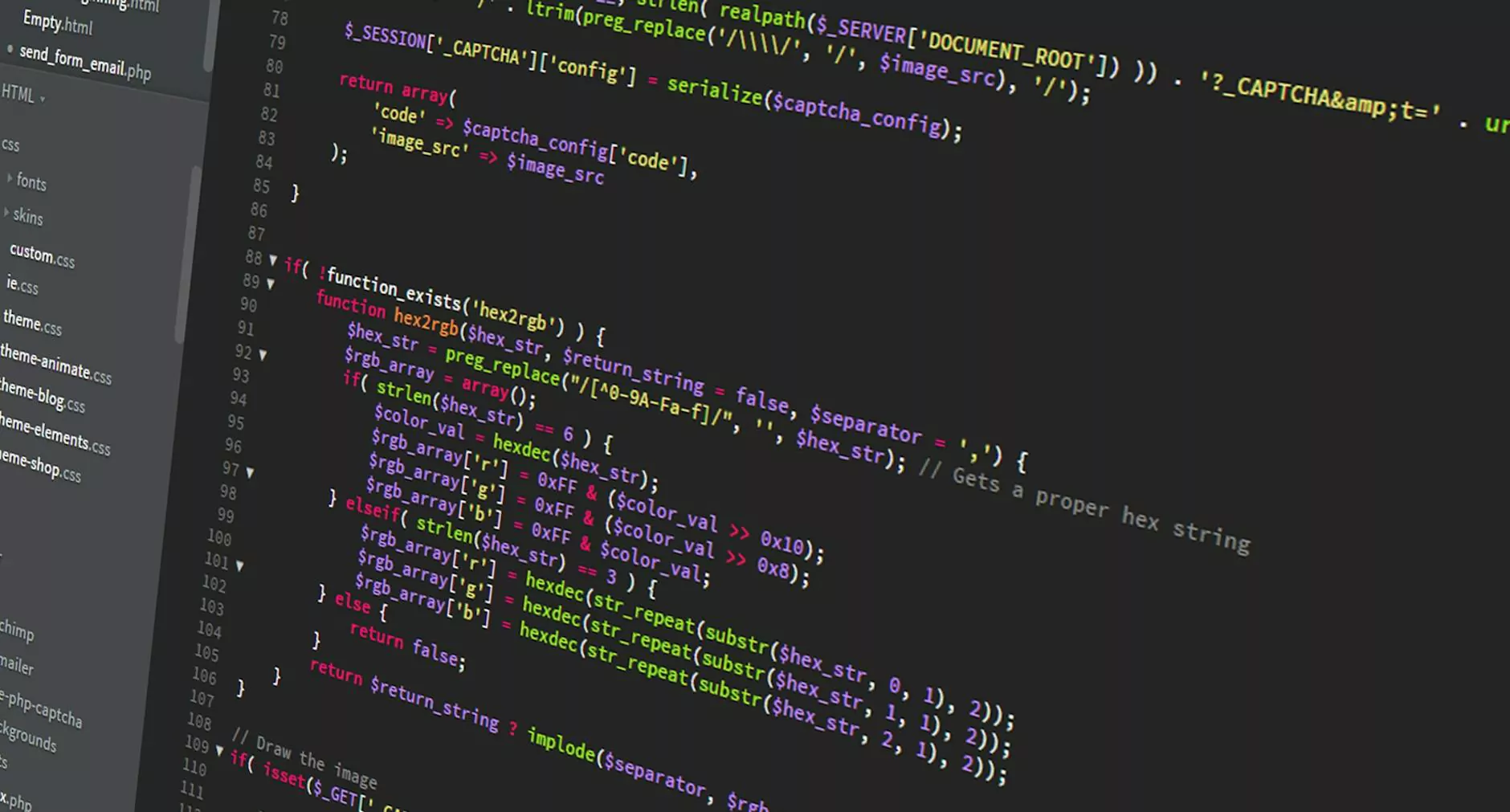Understanding Myomectomy Surgery for Fibroids

The journey of understanding myomectomy surgery for fibroids is pivotal for women experiencing symptoms related to uterine fibroids. Fibroids are non-cancerous growths that can appear in the uterus, leading to a variety of health issues. This comprehensive guide aims to illuminate the intricacies of myomectomy, its benefits, and what patients should expect during and after the procedure.
What Are Uterine Fibroids?
Uterine fibroids are benign tumors that develop from the muscle tissue of the uterus. They vary in size and can be found within the uterine wall, on the exterior surface, or inside the uterine cavity. Common types of fibroids include:
- Intramural Fibroids: These are located within the uterine wall.
- Subserosal Fibroids: These grow on the outer surface of the uterus.
- Submucosal Fibroids: These protrude into the uterine cavity.
Symptoms of Fibroids
Many women with fibroids experience a range of symptoms, which can vary based on their size and location. Common symptoms include:
- Heavy Menstrual Bleeding: Fibroids can cause prolonged and heavy menstrual periods.
- Pelvic Pain: Location and growth of fibroids may lead to chronic pelvic pain.
- Pressure Symptoms: Larger fibroids can exert pressure on the bladder, causing frequent urination, or on the rectum, leading to discomfort.
- Reproductive Issues: Fibroids can impact fertility, lead to complications during pregnancy, and increase the risk of cesarean delivery.
What Is Myomectomy?
Myomectomy is a surgical procedure aimed at removing uterine fibroids while preserving the uterus. This is often the best option for women who wish to maintain their fertility or avoid a hysterectomy. The procedure offers several advantages, including:
- Fertility Preservation: Myomectomy is a suitable choice for women who plan to conceive in the future.
- Symptom Relief: Removal of fibroids can lead to relief from debilitating symptoms.
- Minimally Invasive Options: Many myomectomies can be performed using minimally invasive techniques, like laparoscopic surgery.
Types of Myomectomy
Depending on the type and location of the fibroids, different approaches to myomectomy are available:
- Laparoscopic Myomectomy: A minimally invasive procedure where small incisions are made, allowing the surgeon to remove fibroids with specialized instruments.
- Open Abdomen Myomectomy: Performed through a larger incision when fibroids are large or numerous, providing a wider view and access.
- Hysteroscopic Myomectomy: Ideal for submucosal fibroids, this method involves inserting a scope through the cervix to remove fibroids from within the uterus.
Who Should Consider Myomectomy?
Myomectomy is generally recommended for:
- Women who are symptomatic and find their daily activities affected by fibroid-related issues.
- Those looking to retain their uterus for future pregnancies.
- Women who have completed their family but prefer not to undergo a hysterectomy.
The Myomectomy Procedure: What to Expect
Preparation for myomectomy involves a thorough consultation and evaluation by a healthcare provider. Here’s what typically occurs:
Preoperative Preparation
Before the surgery, patients will undergo imaging tests like ultrasound or MRI to assess the fibroids' size and location. This information is crucial for planning the surgical approach.
Day of the Surgery
Myomectomy is usually performed under general anesthesia. The surgical team will monitor vital signs throughout the procedure. The specific steps of the surgery may include:
- Incisions made according to the chosen method (laparoscopic, open, or hysteroscopic).
- Identification and careful dissection of fibroids from surrounding tissue.
- Removal of fibroids and closure of incisions.
Recovery Process After Myomectomy
Post-surgery recovery is a critical aspect of the myomectomy process. Recovery times may vary depending on the surgical method used:
- Laparoscopic Recovery: Generally quicker, with many women resuming normal activities within a week.
- Open Recovery: May require a recovery period of 4-6 weeks.
- Hysteroscopic Recovery: Often, minimal recovery time is needed.
Potential Risks of Myomectomy
Like any surgical procedure, myomectomy has risks, such as:
- Infection: As with any surgical procedure, there is a risk of infection.
- Scarring: Scarring of the uterus may occur, which can affect future pregnancies.
- Heavy Bleeding: Some women may experience heavy bleeding postoperatively.
- Anesthesia Risks: All surgeries that require anesthesia carry inherent risks.
Long-Term Outcomes and Benefits
Patients can expect significant improvements post-myomectomy. The most noted benefits include:
- Reduction in Symptoms: Many women report a significant decrease in the symptoms associated with fibroids.
- Improved Quality of Life: Relief from symptoms can lead to enhanced overall well-being.
- Possibility of Future Fertility: For those intending to conceive, myomectomy can facilitate this goal.
Conclusion
In summary, myomectomy surgery for fibroids serves as a beacon of hope for many women facing the challenges posed by uterine fibroids. With the right medical advice, surgical technique, and postoperative care, women can regain control over their health and well-being. It is vital to consult with specialized healthcare providers, such as those found at DrSeckin.com, to determine the best approach tailored to individual health needs.
Get Started with Your Treatment
Don't let fibroids dictate your life. If you're experiencing symptoms of fibroids and considering options like myomectomy, reach out to your healthcare provider or visit DrSeckin.com for expert guidance and support.









